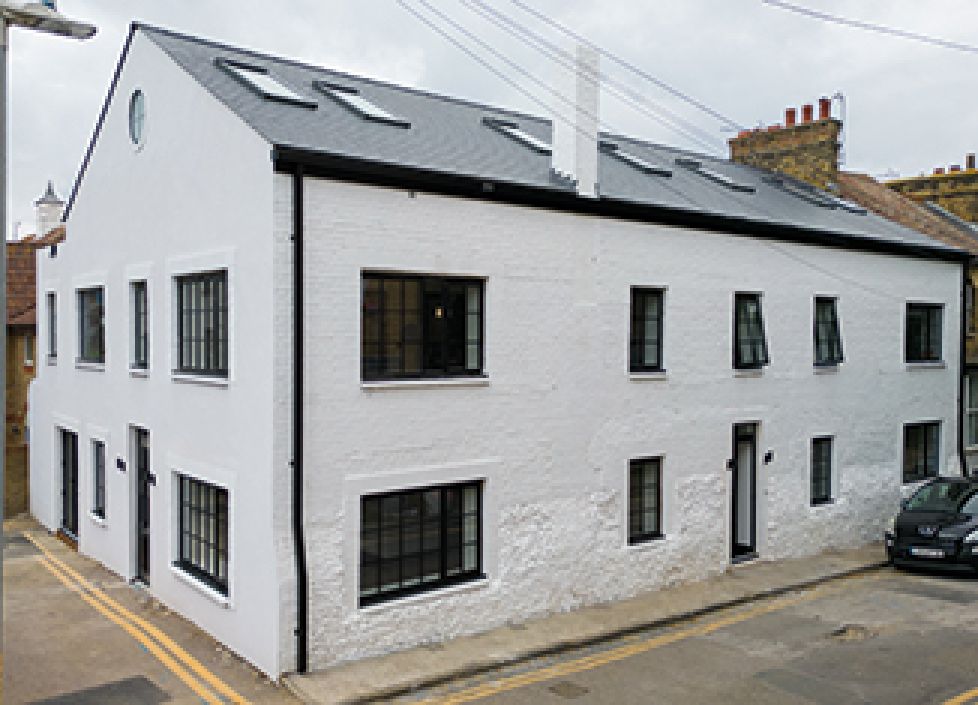Investing in the residential care home sector is something that has been increasingly promoted to property investors over the last few years, if not necessarily directly in the form of bricks and mortar. Much has been written about the financial pros and cons of such investments. But in this report we will go back to the basic fundamentals that underpin any property investment - supply and demand. Should you decide to invest in the residential care home sector is there likely to be a demand for the additional accommodation, what sort of accommodation might be needed, and where?
First a little background information on the sector. In the early decades of the welfare state, long term care for the elderly was traditionally provided by the public sector by means of the local authority homes. However, Government policies in the 1980s introduced a market system which encouraged more commercial providers to enter the market and expand briskly. According to a 2011 report by the OHE (Office of Health Economics) Commission on Competition in the NHS there are now around 10,000 care homes in England, around 90% of which are provided by the independent sector (commercial providers and charities). The report says that around 60% of independent sector care is currently commissioned by and paid for by local authorities and the rest 'self paid' by private individuals. In terms of the number of beds, residential care homes currently have around 430,000 residents, including both elderly and disabled residents.
Demographics alone would certainly suggest there will be a massive demand for more elderly care services of various different kinds in the future. According to the ONS, there are now around 10m people over the age of 65 in the UK and this figure is expected to exceed 20m by 2043. Life expectancy has increased apace in recent decades and is expected to continue to increase in the future. The average life expectancy in England is now around 83 years for women and 79 years for men with men's life expectancy becoming more comparable to that of women.



















